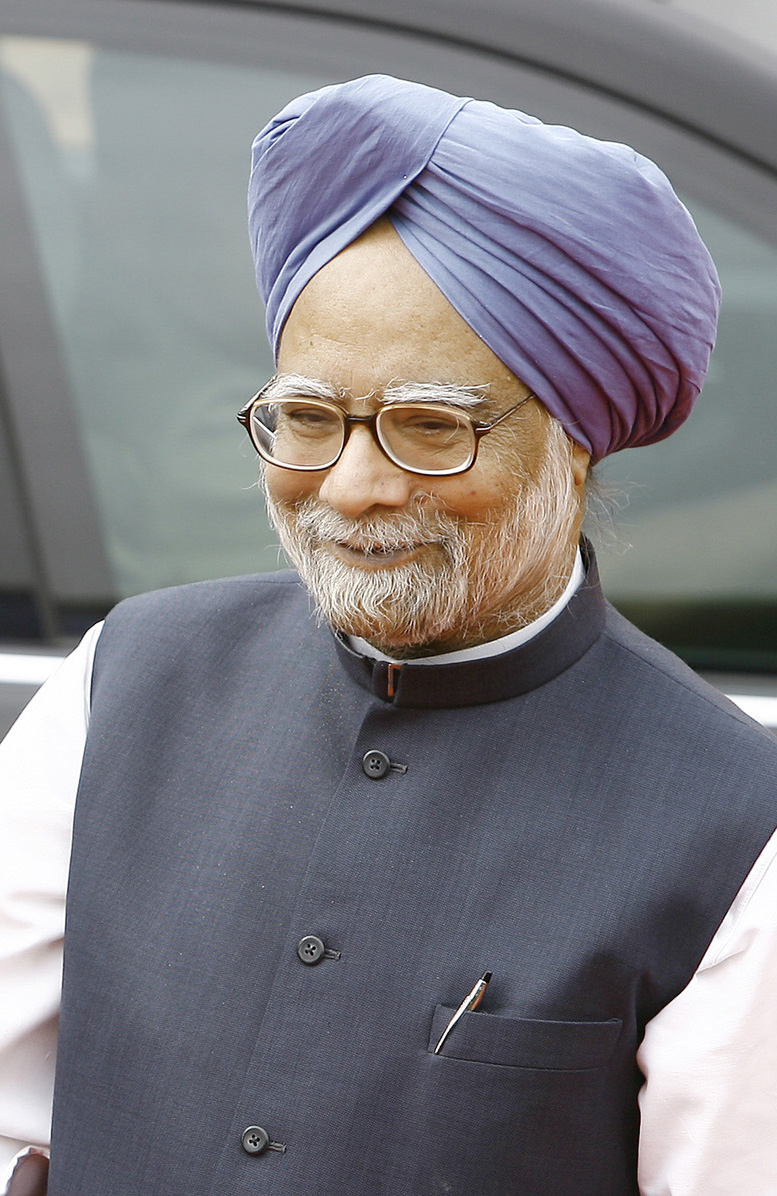by A. J. PHILIP
 Indian Prime Minister Manmohan Singh PHOTO/Wikipedia
Indian Prime Minister Manmohan Singh PHOTO/Wikipedia
The world’s largest democracy is led by a person who fears elections
Last week, eight members of the Rajya Sabha, the upper house of the Indian Parliament, also called the House of States, were given a befitting farewell. As reports said, some of them became emotional and cried. Among the eight was Prime Minister Manmohan Singh who, as is his wont, betrayed no emotions. Everybody knew that he would soon be back in the House as a full-fledged elected member.
The Rajya Sabha, unlike the Lok Sabha (People’s House), is a permanent body with one-third of its members retiring every year. While people directly elect members of the Lok Sabha, the Rajya Sabha members are elected indirectly by the members of state legislatures. Every state legislature elects a certain number of members which can be as low as one in the case of smaller states like Goa, Manipur and Meghalaya and as high as 31 in the case of Uttar Pradesh.
Manmohan Singh has many ‘firsts’ to his credit: he is the first Sikh to become prime minister, for example. He is also the first PM, who is about to complete his second term without ever winning a direct election. Of course, all that the Constitution says is that a prime minister should be a member of parliament. So constitutionally, he cannot be faulted. However, there are also issues of political morality and ethics.
Singh’s tryst with politics began in June 1991 when Prime Minister PV Narasimha Rao inducted him in his cabinet as finance minister. At that time, both of them were not members of Parliament. The Constitution allows anyone to become a minister but to continue, he must get elected to Parliament within six months. Soon, Rao contested a by-election from Andhra Pradesh and won by a record margin of over half a million votes.
Singh took the Rajya Sabha route to remain in power. At that time the law specifically mentioned that only persons who were ‘ordinarily resident’ of a state could contest from that state. Strictly speaking, he could claim to be a resident of only Delhi, where he ‘ordinarily resided’ or Chandigarh, where he had his own house and permanent address. In Delhi there was no vacancy and Chandigarh being a Union Territory did not have a seat in the Rajya Sabha.
So he contested for a seat from Asom by giving a false affidavit that he was ‘ordinarily a resident’ of the state. He took a small house in Guwahati that belonged to former Asom chief minister Hiteswar Saikia on rent to have a local address and to legitimise his election. Although it was manipulation, opposition parties did not make a fuss about it as some of their own leaders had become Rajya Sabha members in this manner. Singh made his first and only attempt to become a member of the Lok Saba from South Delhi constituency in 1999 but he was badly defeated. That would have been the end of his political career but for Congress chief Sonia Gandhi choosing him as PM in 2004. Traditionally, all prime ministers barring the late IK Gujral and HD Deve Gowda were members of the Lok Sabha. Gujral got elected to the Lok Sabha from Jalandhar after becoming prime minister, while Deve Gowda became a Rajya Sabha member to remain PM but only for 10 months.
Oman Tribune for more
